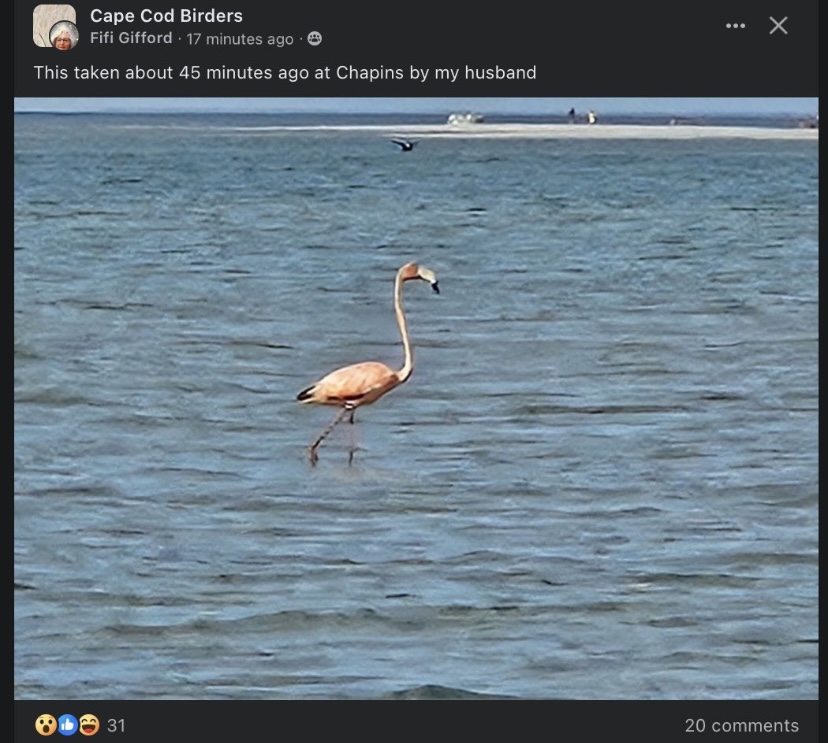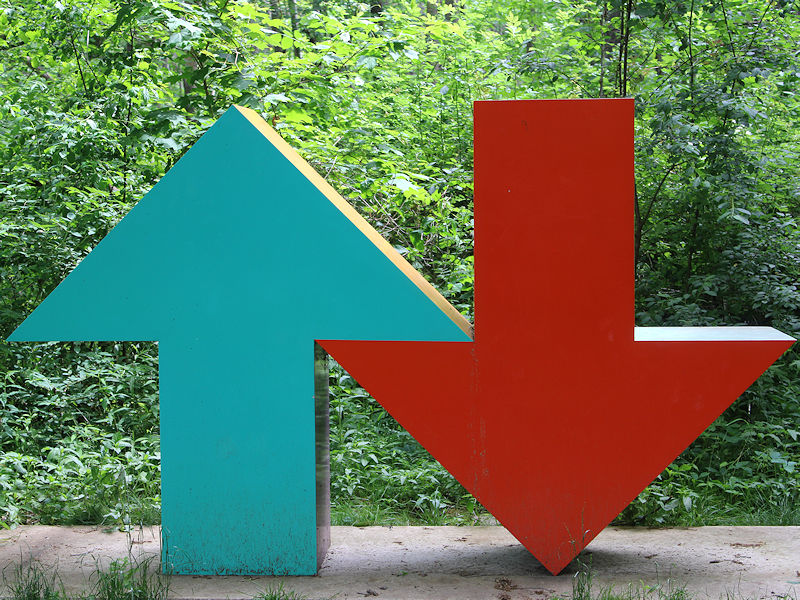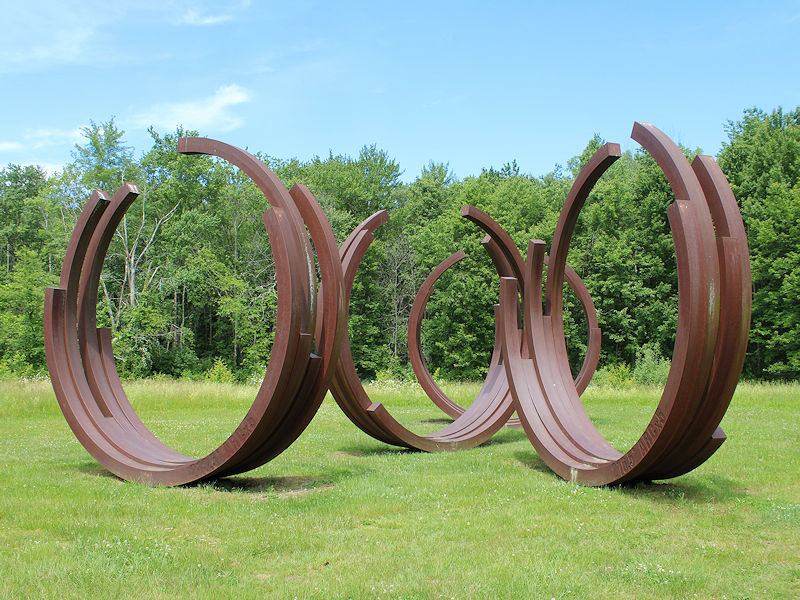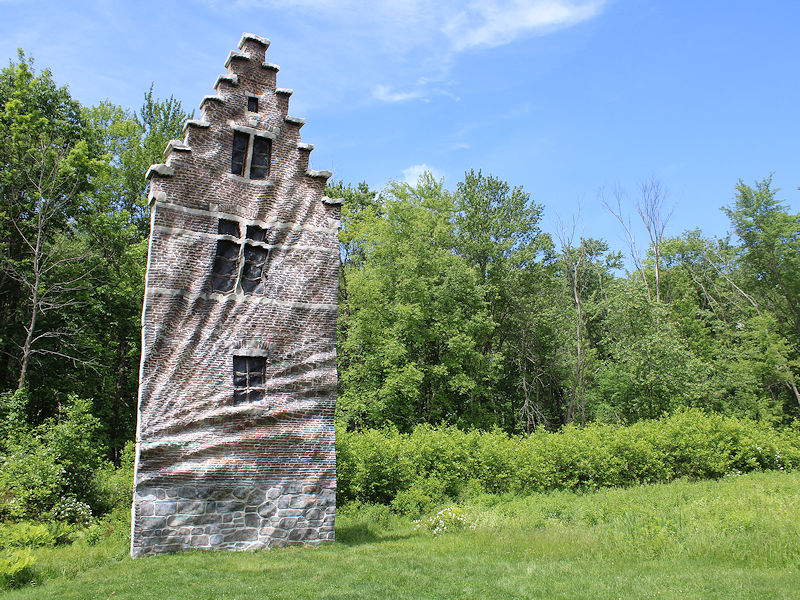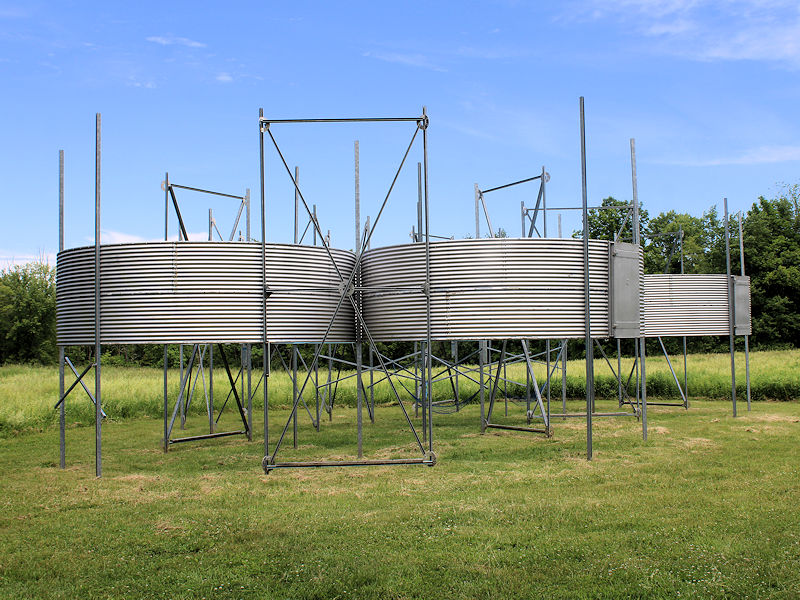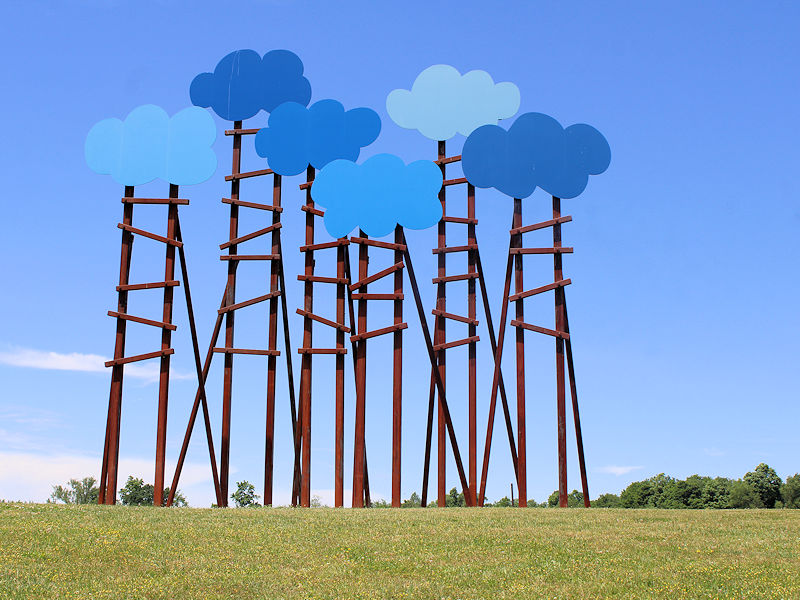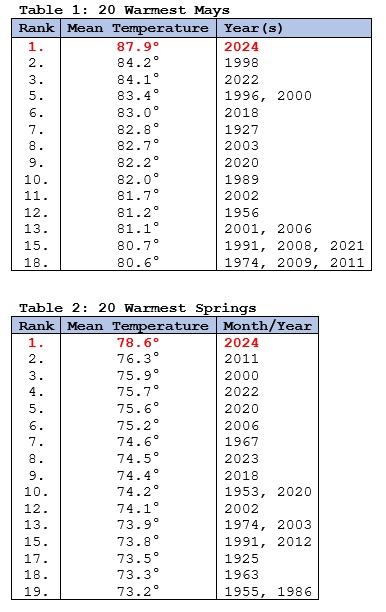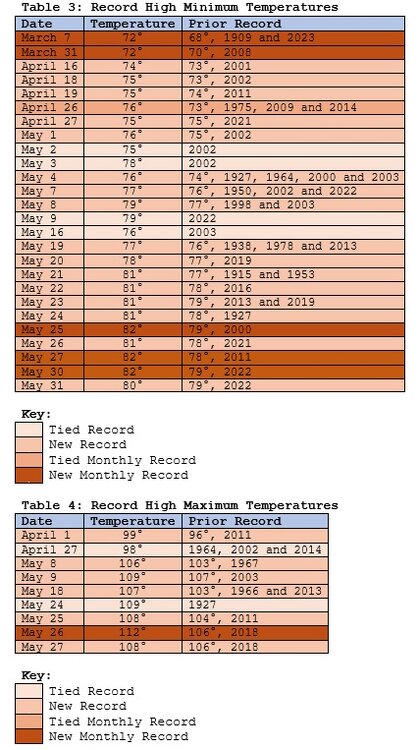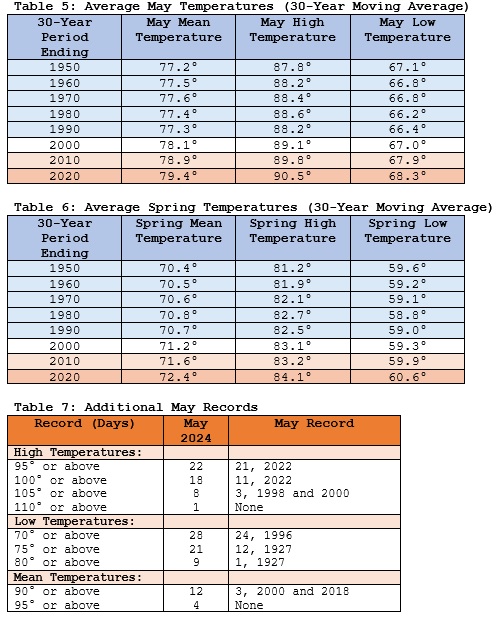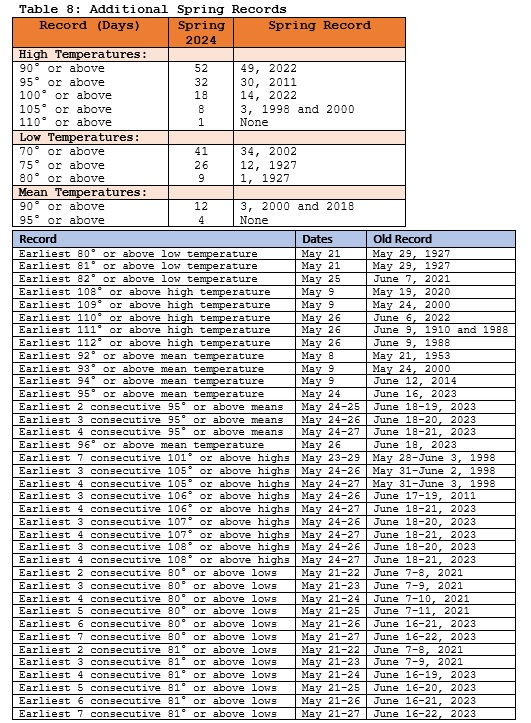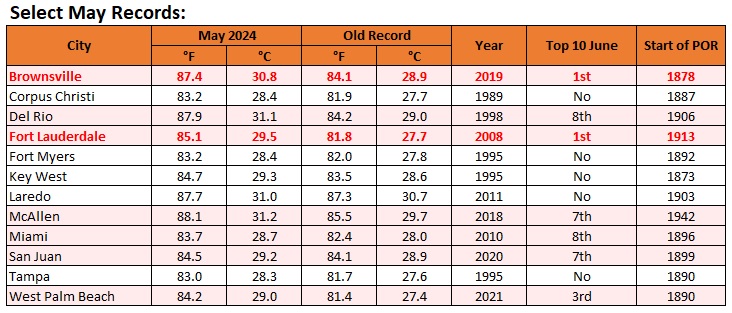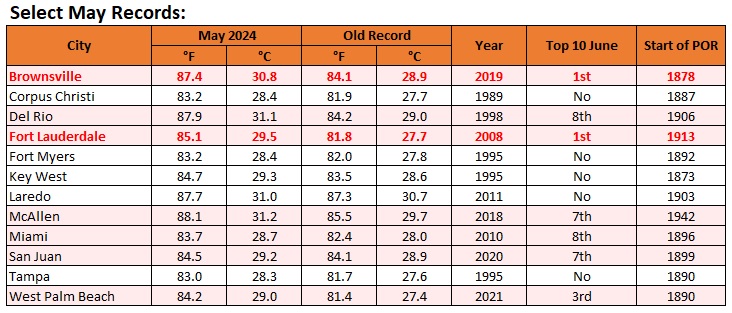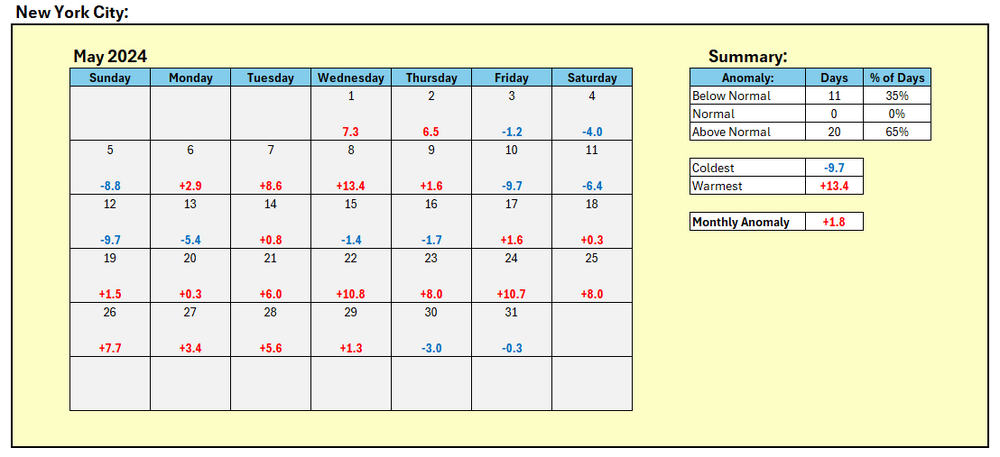-
Posts
22,986 -
Joined
Content Type
Profiles
Blogs
Forums
American Weather
Media Demo
Store
Gallery
Everything posted by donsutherland1
-

Occasional Thoughts on Climate Change
donsutherland1 replied to donsutherland1's topic in Climate Change
Dr. Stefan Ramstorf's recent lecture on the AMOC. He has researched the AMOC for more than 30 years and been published widely in the scientific literature. https://x.com/rahmstorf/status/1799048979004678651 -
An extended period of generally drier weather will commence tomorrow. Through early next week, temperatures will likely reach the upper 70s and lower 80s. There are some hints on the guidance that it could begin to turn warmer to perhaps hot after mid-month. The latest summer guidance continues to suggest a warmer to much warmer than normal summer lies ahead. The ENSO Region 1+2 anomaly was -1.1°C and the Region 3.4 anomaly was +0.1°C for the week centered around May 29. For the past six weeks, the ENSO Region 1+2 anomaly has averaged -0.48°C and the ENSO Region 3.4 anomaly has averaged +0.35°C. Neutral ENSO conditions are underway. The neutral ENSO will likely evolve into a La Niña event during the summer or perhaps early fall. The SOI was -26.92 today. The preliminary Arctic Oscillation (AO) was -0.756 today.
-
In addition to the tornado outbreak in parts of the Delaware and Maryland areas, rainfall in the Mid-Atlantic region is exceeding the guidance at some locations. Through 11:12 pm, Wilmington, DE has picked up 2.07" of rain and Philadelphia has seen 0.96". In short, while most areas will likely see 0.25"-0.75" as per the guidance, there will likely be pockets with 1"-2" amounts.
-
Showers, thundershowers, and periods of rain will likely arrive tonight and continue through tomorrow. A general 0.25"-0.75" rainfall is likely. In the wake of the system, temperatures will reach the upper 70s and lower 80s into the weekend. The latest summer guidance continues to suggest a warmer to much warmer than normal summer lies ahead. The ENSO Region 1+2 anomaly was -1.1°C and the Region 3.4 anomaly was +0.1°C for the week centered around May 29. For the past six weeks, the ENSO Region 1+2 anomaly has averaged -0.48°C and the ENSO Region 3.4 anomaly has averaged +0.35°C. Neutral ENSO conditions are underway. The neutral ENSO will likely evolve into a La Niña event during the summer or perhaps early fall. The SOI was -18.70 today. The preliminary Arctic Oscillation (AO) was -0.425 today.
-
Showers, thundershowers, and periods of rain will likely arrive tomorrow night or Thursday. A general 0.25"-0.75" rainfall is likely. In the wake of the system, temperatures will reach the upper 70s and lower 80s into the weekend. The latest summer guidance continues to suggest a warmer to much warmer than normal summer lies ahead. The ENSO Region 1+2 anomaly was -1.1°C and the Region 3.4 anomaly was +0.1°C for the week centered around May 29. For the past six weeks, the ENSO Region 1+2 anomaly has averaged -0.48°C and the ENSO Region 3.4 anomaly has averaged +0.35°C. Neutral ENSO conditions are underway. The neutral ENSO will likely evolve into a La Niña event during the summer or perhaps early fall. The SOI was -2.18 today. The preliminary Arctic Oscillation (AO) was -0.189 today.
-

Occasional Thoughts on Climate Change
donsutherland1 replied to donsutherland1's topic in Climate Change
AMOC breakdown risk: This isn't necessary the most likely scenario, but an illustration of an uncomfortably high short-term probability. The underlying paper can be found here: https://nyaspubs.onlinelibrary.wiley.com/doi/full/10.1111/nyas.14659 -
Under mostly sunny skies, the temperature rose to 84° at Islip, 86° in New York City, 89° at Newark, and 87° at Philadelphia. The Islip reading missed the daily record by 2°. Tomorrow will be somewhat cooler with highs in the upper 70s to perhaps lower 80s. Rain will likely arrive late Wednesday or Thursday. In the wake of the system, temperatures will reach the upper 70s into the weekend. The latest summer guidance continues to suggest a warmer to much warmer than normal summer lies ahead. The ENSO Region 1+2 anomaly was -1.1°C and the Region 3.4 anomaly was +0.1°C for the week centered around May 29. For the past six weeks, the ENSO Region 1+2 anomaly has averaged -0.48°C and the ENSO Region 3.4 anomaly has averaged +0.35°C. Neutral ENSO conditions are underway. The neutral ENSO will likely evolve into a La Niña event during the summer or perhaps early fall. The SOI was -17.36 today. The preliminary Arctic Oscillation (AO) was -0.157 today.
-
After perhaps a brief shower, tomorrow will be partly to mostly sunny with temperatures topping out in the upper 70s and lower 80s. Warm spots could again reach the middle 80s. Rain could arrive late Wednesday or Thursday. In the wake of the system, temperatures will continue to reach the upper 70s and lower 80s into the weekend. The latest summer guidance continues to suggest a warmer to much warmer than normal summer lies ahead. The ENSO Region 1+2 anomaly was -1.1°C and the Region 3.4 anomaly was +0.2°C for the week centered around May 22. For the past six weeks, the ENSO Region 1+2 anomaly has averaged -0.40°C and the ENSO Region 3.4 anomaly has averaged +0.45°C. Neutral conditions are imminent. The SOI was -10.33 today. The preliminary Arctic Oscillation (AO) was -0.403 today.
-
Temperatures rose into the lower 80s in Ghent, NY making for a good day for viewing some of the sculptures at Art Omi.
-

Occasional Thoughts on Climate Change
donsutherland1 replied to donsutherland1's topic in Climate Change
Thank you for posting this information. The rankings make clear that Heller's chart is inaccurate. I went to the tool and exported the data. Just 0.3% of the stations were 4th lowest in terms of the number of 80F days through May 31. There is no plausible way 2024 ranked fourth lowest. -
Tomorrow will be partly to mostly sunny with temperatures topping out in the upper 70s and lower 80s. Warm spots could again reach the middle 80s. Rain could arrive late Wednesday or Thursday. The latest summer guidance continues to suggest a warmer to much warmer than normal summer lies ahead. The ENSO Region 1+2 anomaly was -1.1°C and the Region 3.4 anomaly was +0.2°C for the week centered around May 22. For the past six weeks, the ENSO Region 1+2 anomaly has averaged -0.40°C and the ENSO Region 3.4 anomaly has averaged +0.45°C. Neutral conditions are imminent. The SOI was +4.23 today. The preliminary Arctic Oscillation (AO) was -0.635 today.
-

Occasional Thoughts on Climate Change
donsutherland1 replied to donsutherland1's topic in Climate Change
I didn't mean that the data in the chart is not meaningful. However, there are better ways to judge overall temperatures for subseasonal and seasonal periods. For example, using only metrics such as used by Heller, there could be a July where the temperature spikes to let's say 100° in Philadelphia, but the month overall could wind up cooler than normal. Heller's type of analysis would flag it as "hot" if he is scoring things based on 100° days. Meanwhile, there could be another July where the monthly anomaly is +2.5°, but the highest maximum temperature is 97°. If Heller is using 100° days, his analysis would flag the month as "cool." Period average highs, lows, and means do a better job in assessing the outcome for the period in question. -

Occasional Thoughts on Climate Change
donsutherland1 replied to donsutherland1's topic in Climate Change
More than likely, the ongoing marine heatwaves in the Gulf of Mexico and Caribbean are contributing to the excessive warmth seen in Florida, Cuba, Puerto Rico, etc. The dry conditions are likely amplifying the heat in northeast Mexico and southwest Texas. It is plausible that a global threshold has been passed. I suspect the outcomes during and after the developing La Niña will provide greater insight. -

Texas 2024 Discussion/Observations
donsutherland1 replied to Stx_Thunder's topic in Central/Western States
Brownsville experienced its warmest May on record. Brownsville's May was also warmer than any June on record. Some records from Florida, Puerto Rico, and Texas: Del Rio demolished its May and Spring records. It also had its first May extreme heat event (Clarke et al., 2014 methodology) on record. Some highlights from Del Rio: -

Occasional Thoughts on Climate Change
donsutherland1 replied to donsutherland1's topic in Climate Change
Numerous U.S. cities had their warmest #May on record, some by tremendous margins. In a number, May 2024 would have ranked among the 10 warmest Junes on record. In Brownsville and Fort Lauderdale, the May temperature exceeded both the May and June records. -
- 1,603 replies
-
- 3
-

-
- spring
- cool temps
-
(and 3 more)
Tagged with:
-

Occasional Thoughts on Climate Change
donsutherland1 replied to donsutherland1's topic in Climate Change
Far more meaningful for evaluating temperatures than Tony Heller's chart are the mean temperatures, mean low temperatures, and mean high temperatures. There is virtually no chance that 2024 will rank as the 4th coldest January-May on record when all the data is considered. Once the NOAA compiles the May data, the January-May 2024 period will likely rank as among the 10 warmest in terms of mean temperatures and mean low temperatures and among the 25 warmest in terms of mean high temperatures for the contiguous United States -
May finished with a mean temperature of 65.1° (1.9° above normal) in New York City. A warm and generally dry weekend with highs in the upper 70s and lower 80s lies ahead. Afterward, the first half of next week will be dry with temperatures topping out in the upper 70s and lower 80s. Warm spots could reach the middle 80s. Rain could arrive late Wednesday or Thursday. The latest summer guidance continues to suggest a warmer to much warmer than normal summer lies ahead. The ENSO Region 1+2 anomaly was -1.1°C and the Region 3.4 anomaly was +0.2°C for the week centered around May 22. For the past six weeks, the ENSO Region 1+2 anomaly has averaged -0.40°C and the ENSO Region 3.4 anomaly has averaged +0.45°C. Neutral conditions are imminent. The SOI was +9.29 today. The preliminary Arctic Oscillation (AO) was -0.350 today. On May 28 the MJO was in Phase 3 at an amplitude of 1.457 (RMM). The May 27-adjusted amplitude was 1.609 (RMM).
- 1,603 replies
-
- 1
-

-
- spring
- cool temps
-
(and 3 more)
Tagged with:
-

Occasional Thoughts on Climate Change
donsutherland1 replied to donsutherland1's topic in Climate Change
Numerous cities in Texas and Florida are en route to their warmest May on record. The May temperatures will likely exceed the warmest June temperatures on record in both Brownsville and Fort Lauderdale. In fact, May 2024 will be so warm in Fort Lauderdale that May 2024 will likely rank as the third warmest July there. -
Tomorrow will start off with cool readings in the upper 50s in New York City and lower to middle 50s outside the City. The temperature will then recover to the middle and upper 70s. A wawrm weekend with highs in the upper 70s and lower 80s lies ahead. Afterward, most of next week will be dry with temperatures topping out in the upper 70s and lower 80s. Warm spots could reach the middle 80s. The latest summer guidance continues to suggest a warmer to much warmer than normal summer lies ahead. The ENSO Region 1+2 anomaly was -1.1°C and the Region 3.4 anomaly was +0.2°C for the week centered around May 22. For the past six weeks, the ENSO Region 1+2 anomaly has averaged -0.40°C and the ENSO Region 3.4 anomaly has averaged +0.45°C. Neutral conditions are imminent. The SOI was +15.95 today. The preliminary Arctic Oscillation (AO) was +0.169 yesterday. On May 28 the MJO was in Phase 3 at an amplitude of 1.457 (RMM). The May 27-adjusted amplitude was 1.609 (RMM). Based on sensitivity analysis applied to the latest guidance, there is an implied near 100% probability that New York City will have a warmer than normal May (1991-2020 normal). May will likely finish with a mean temperature near 65.1° (1.9° above normal).
- 1,603 replies
-
- 1
-

-
- spring
- cool temps
-
(and 3 more)
Tagged with:




